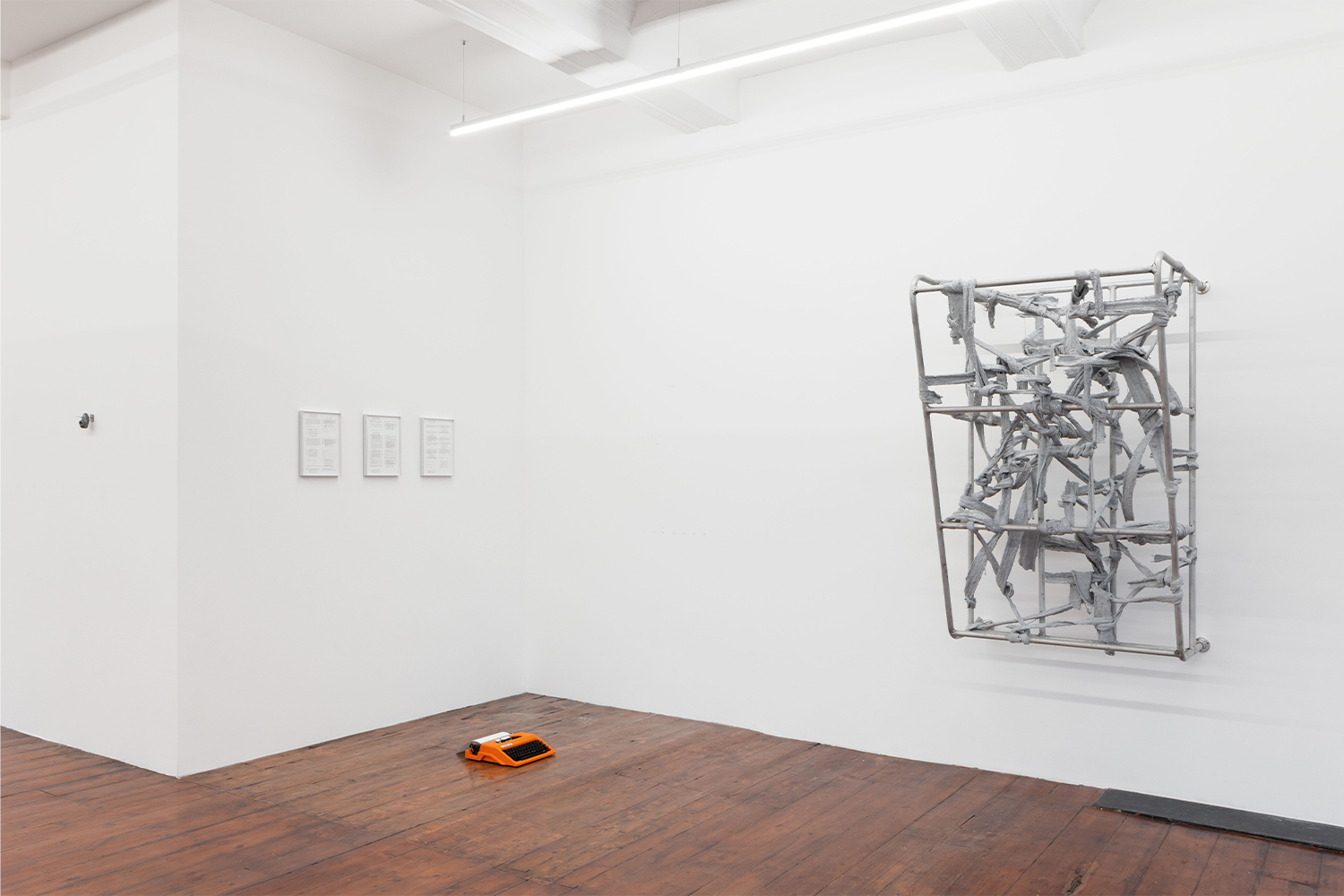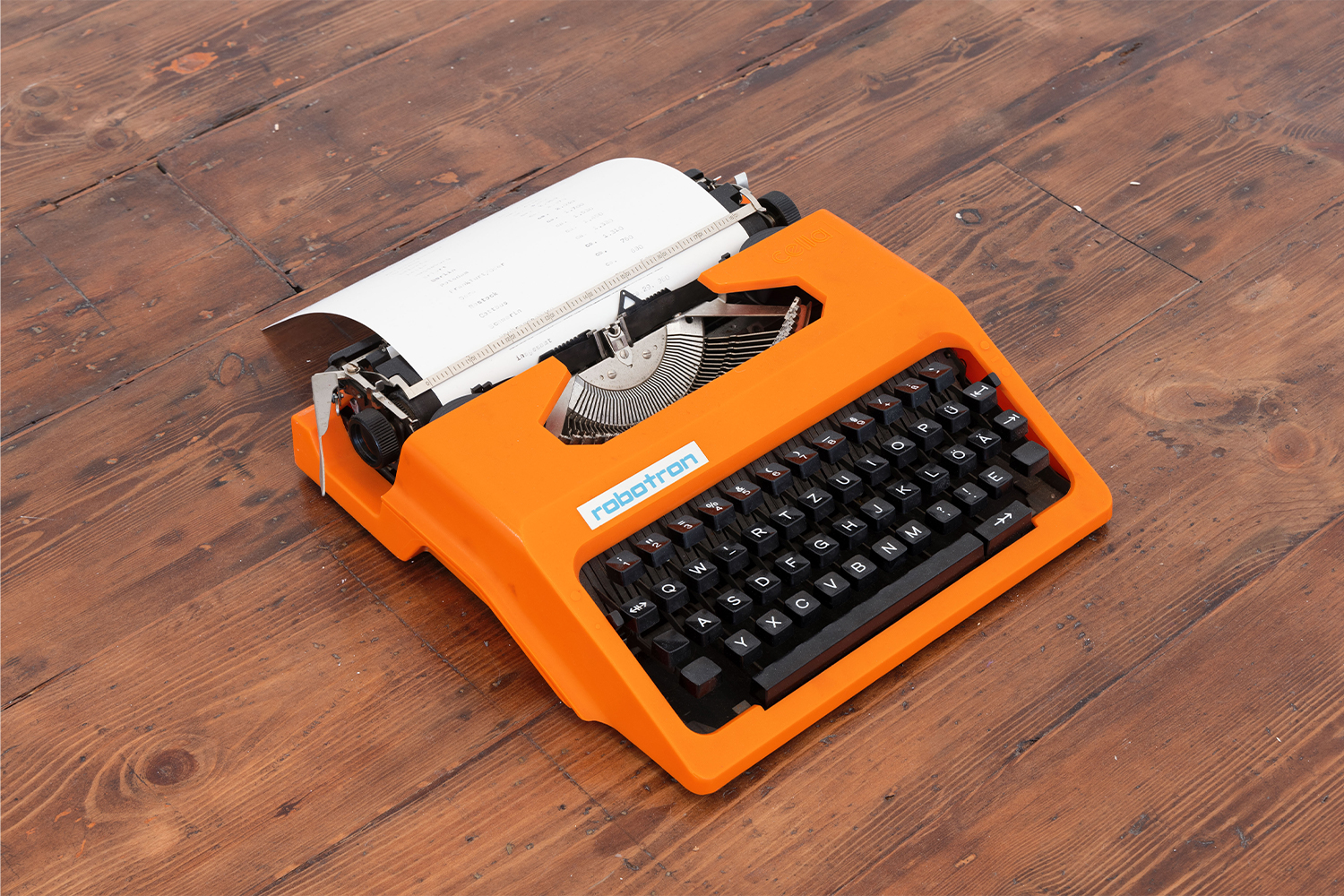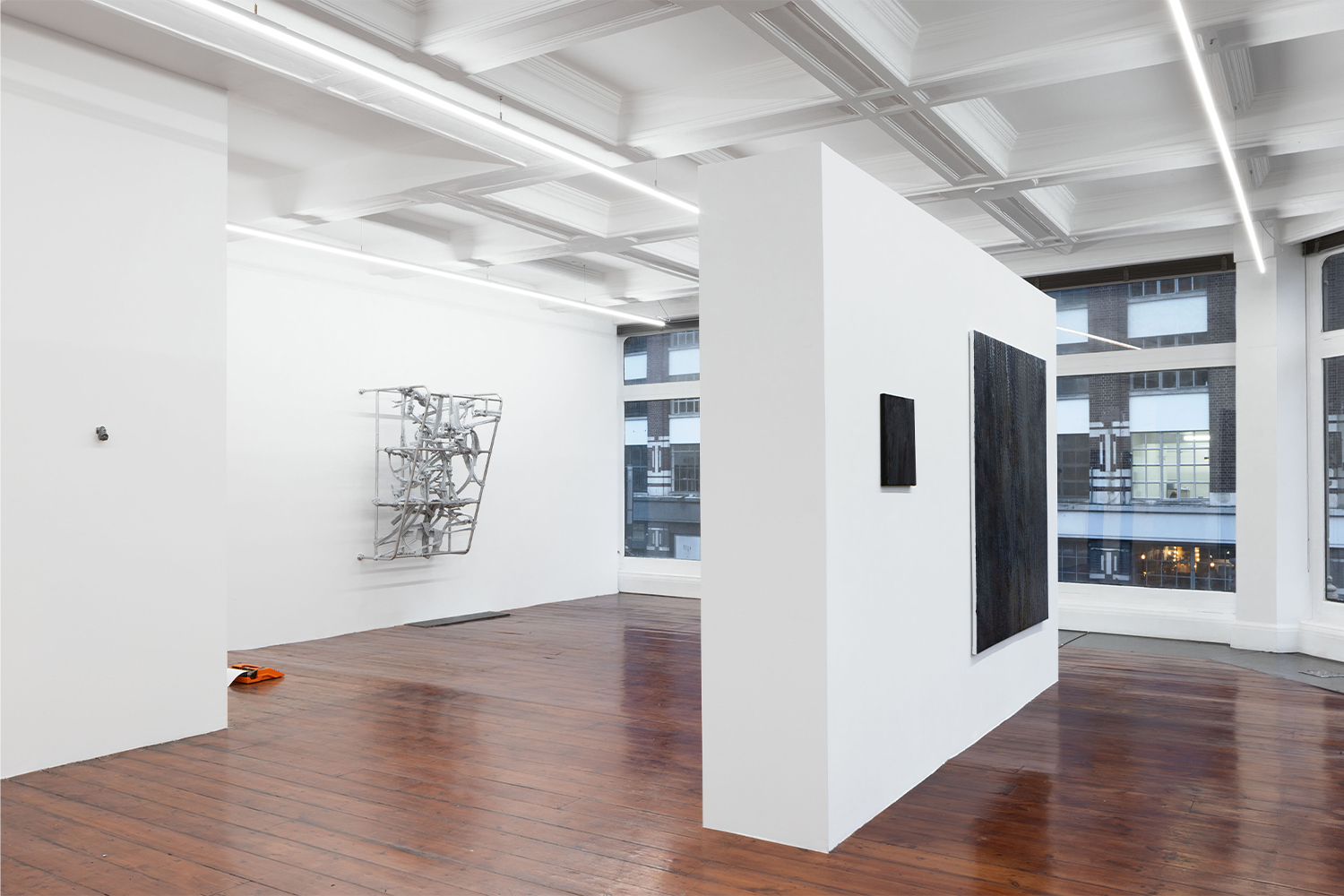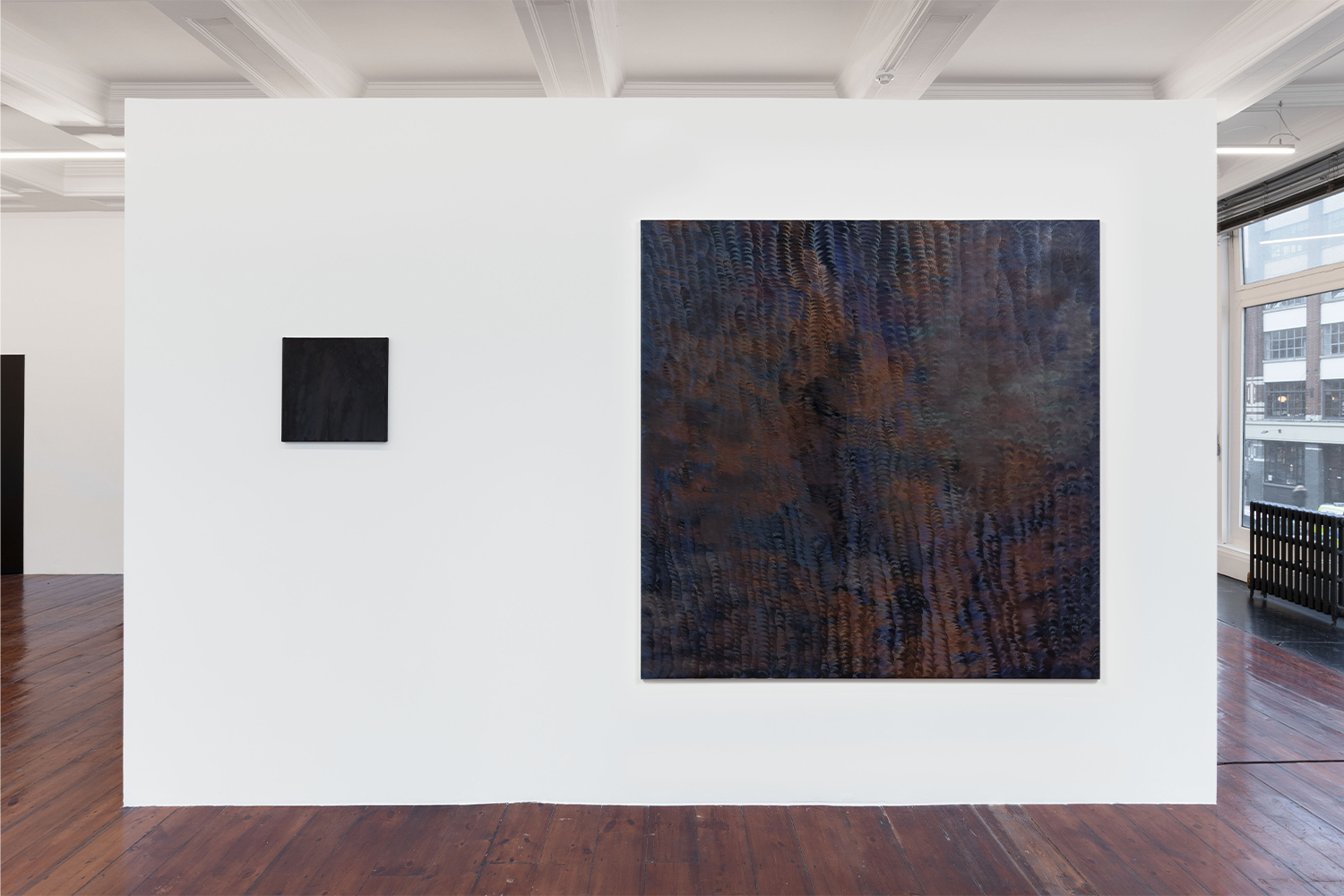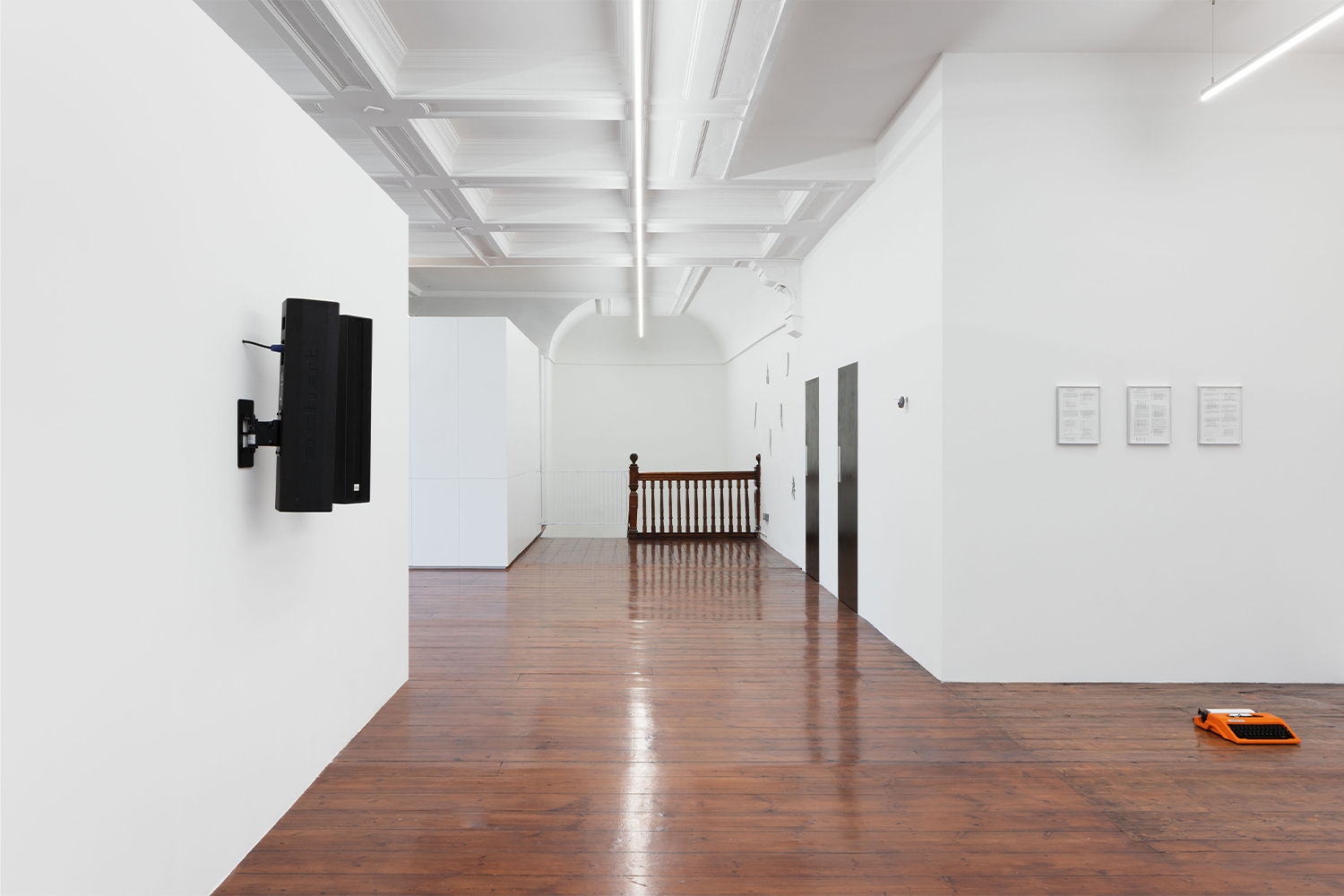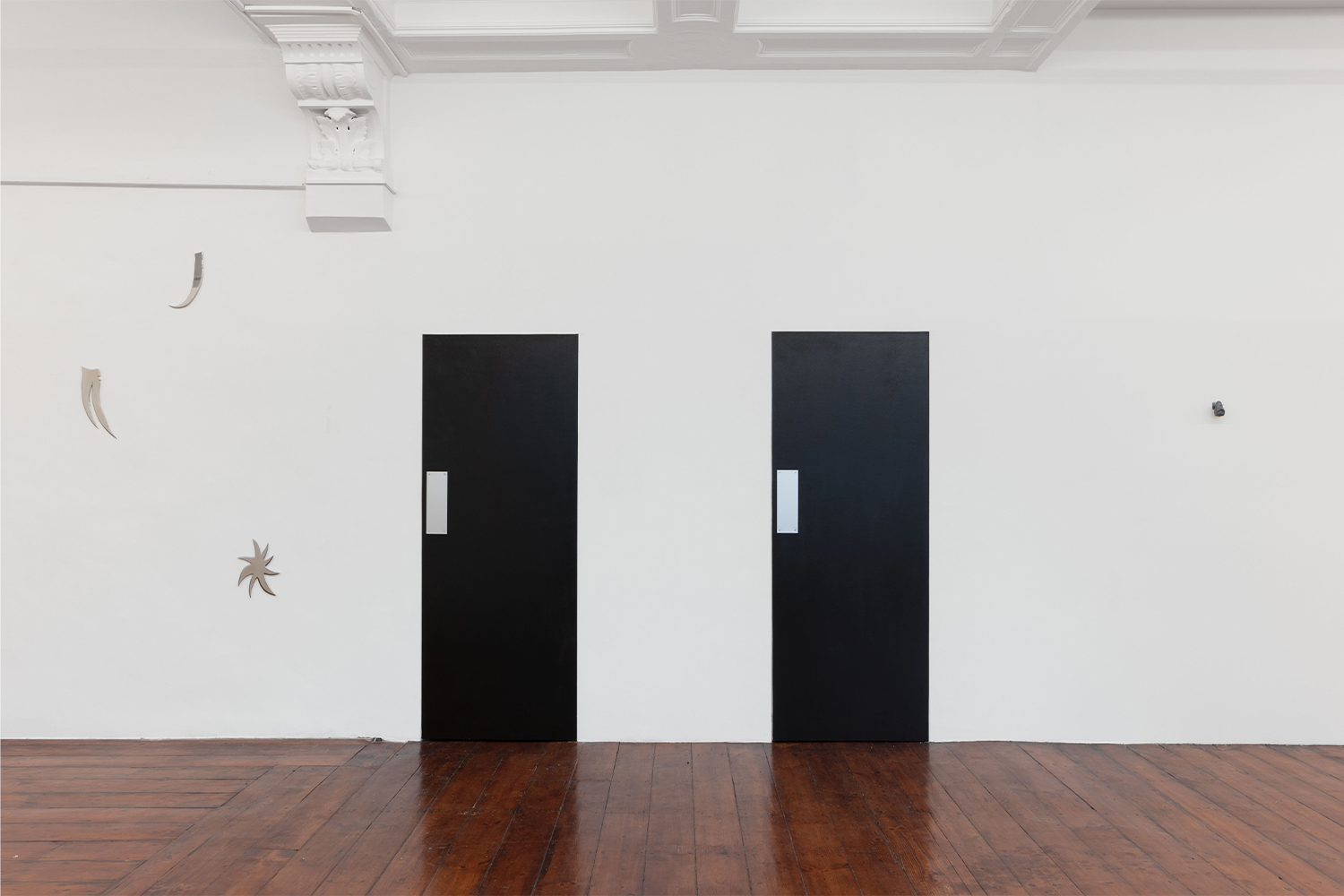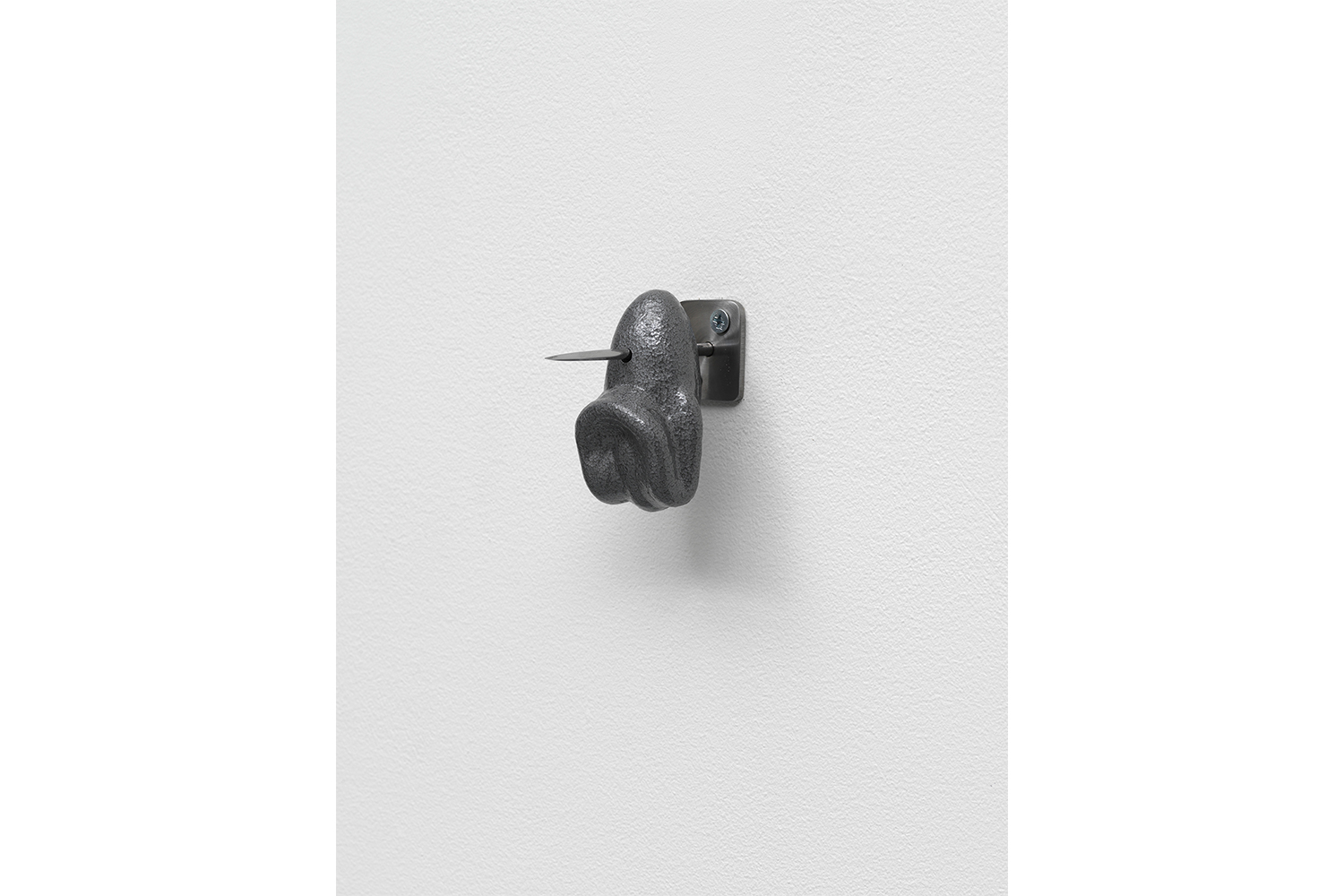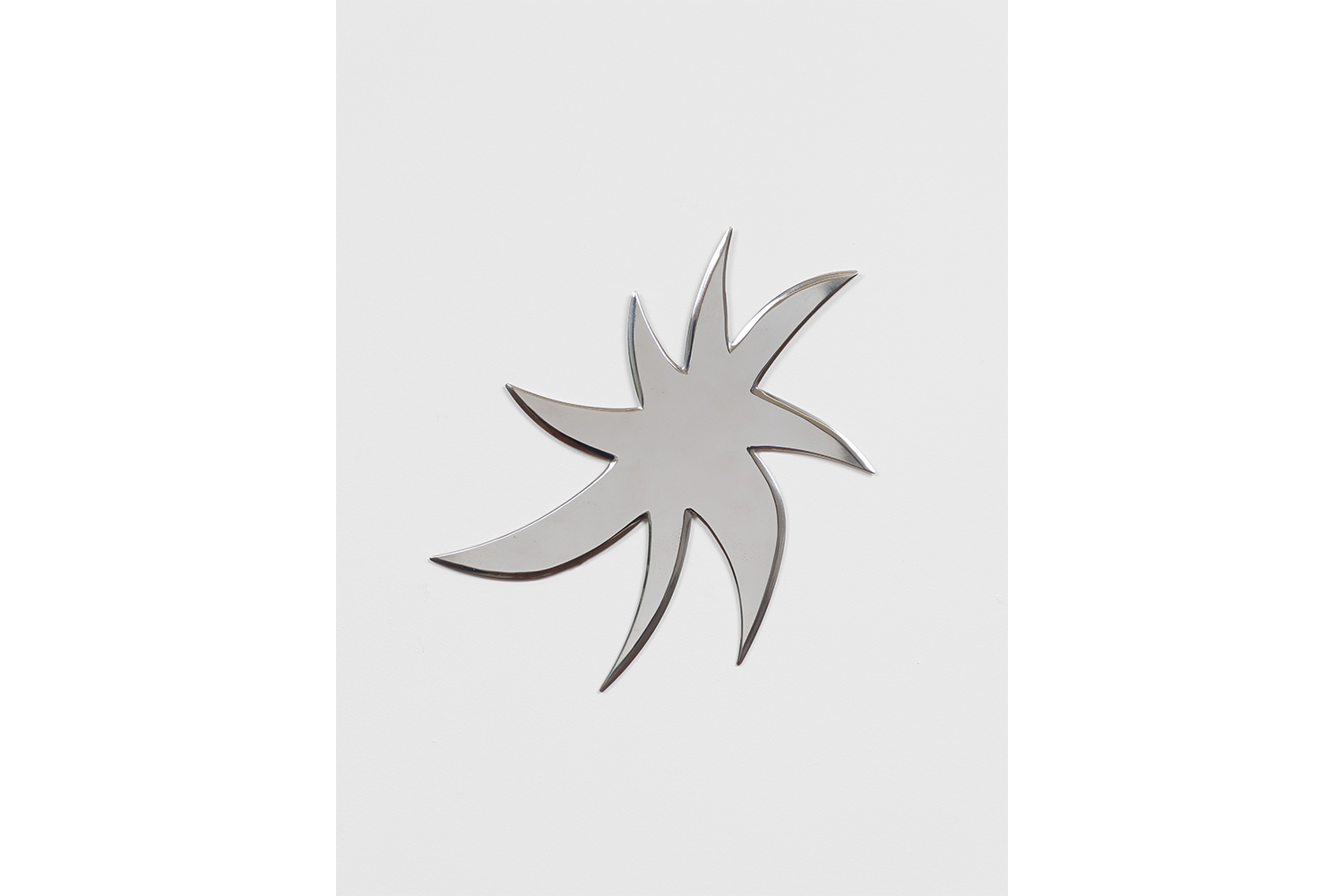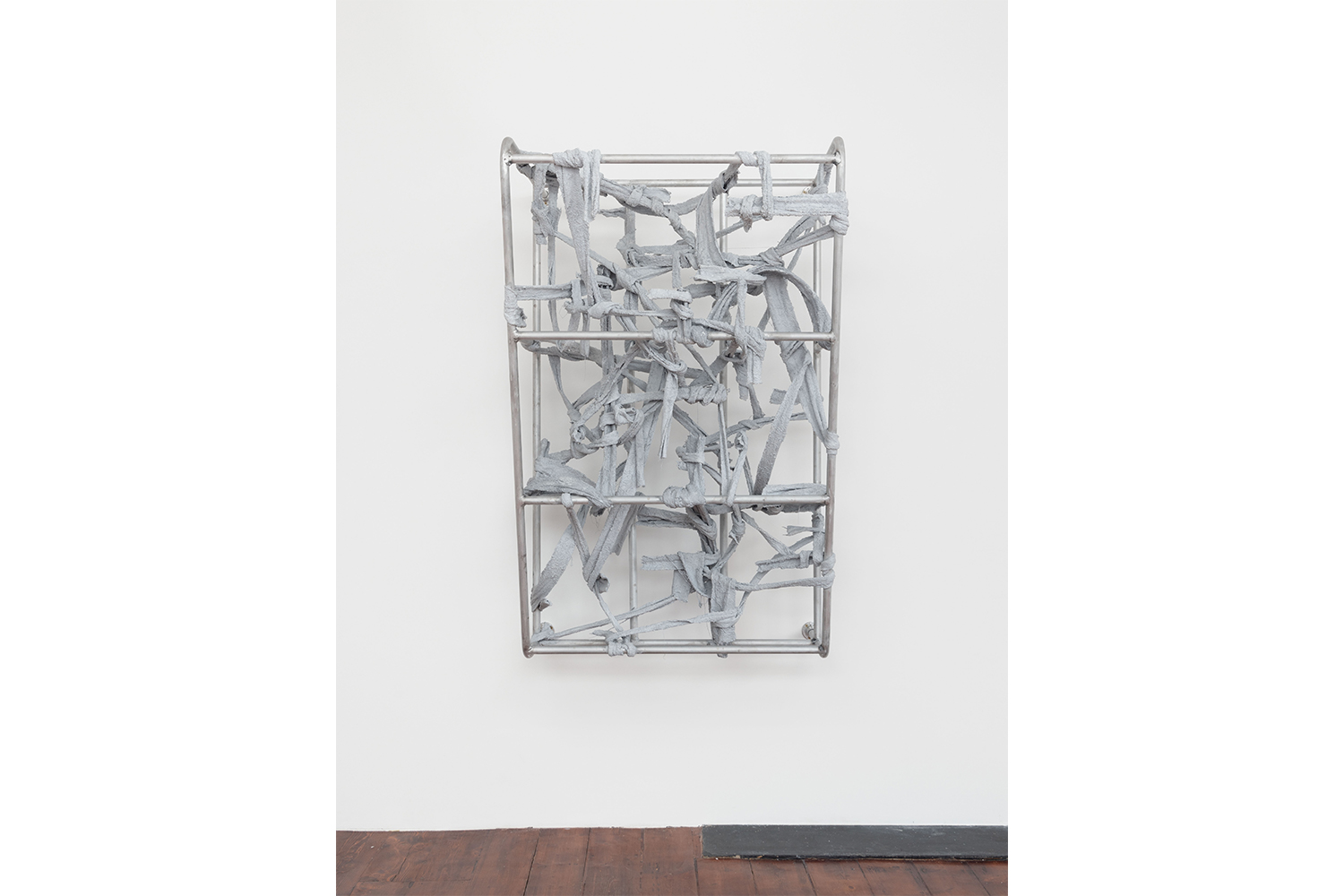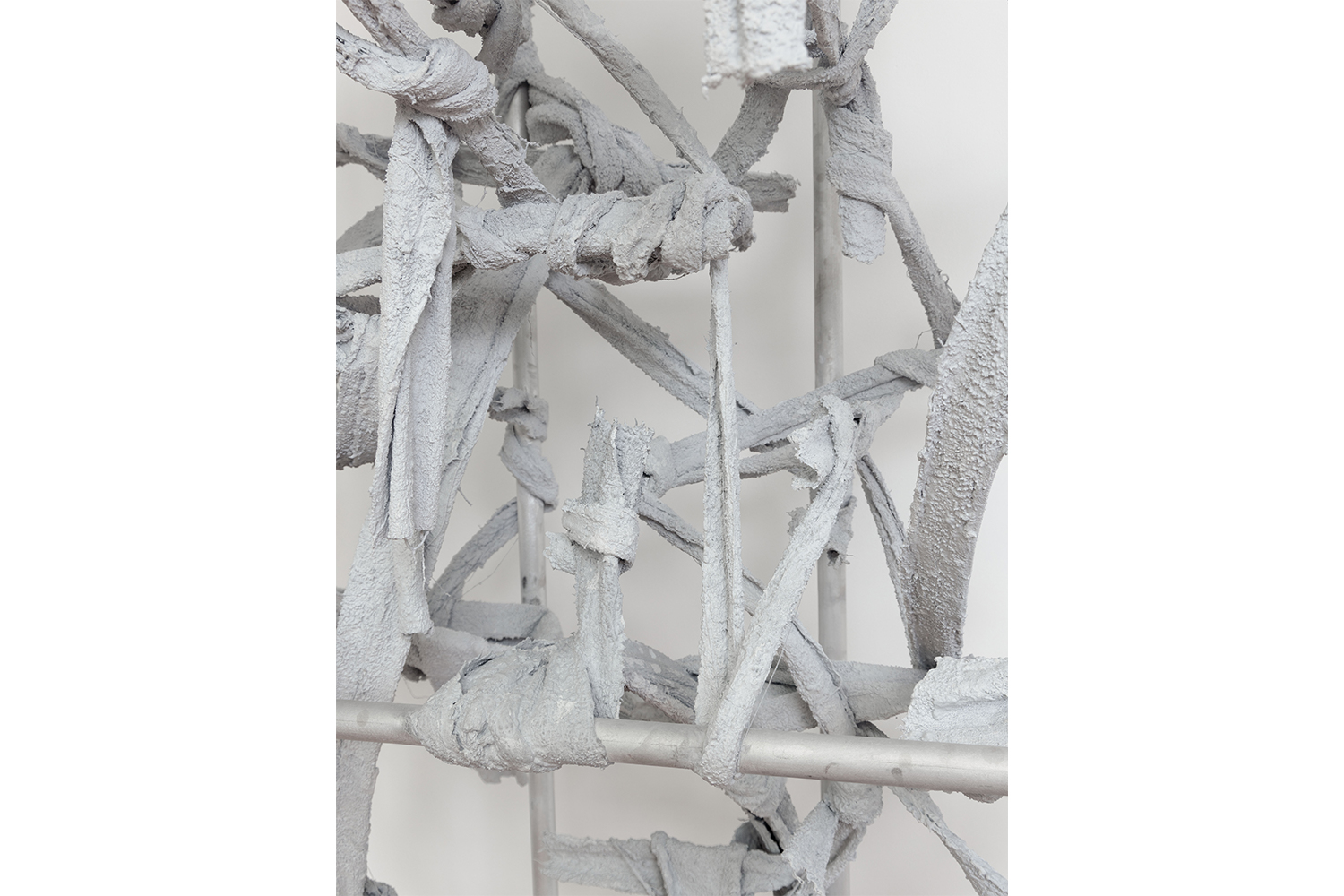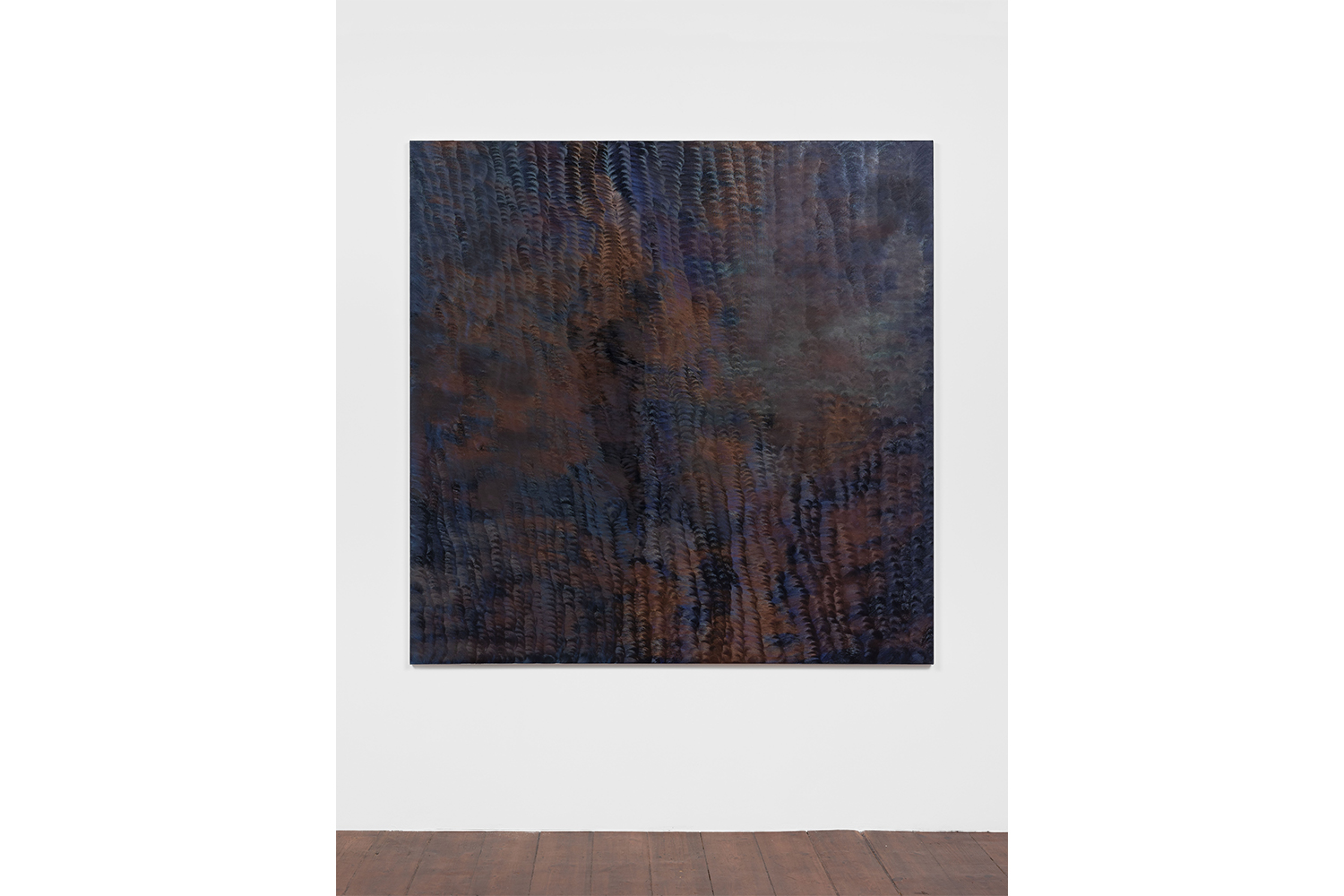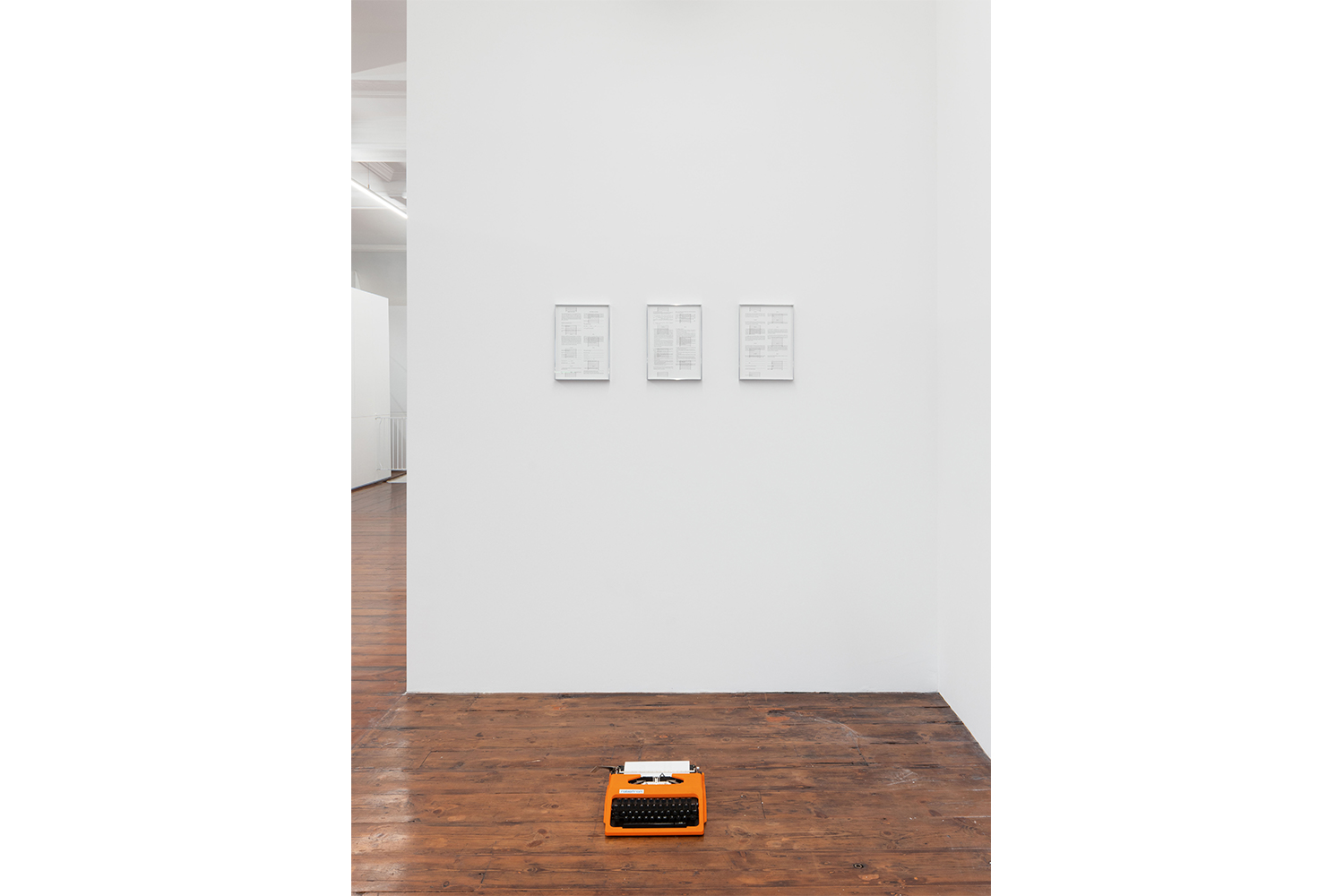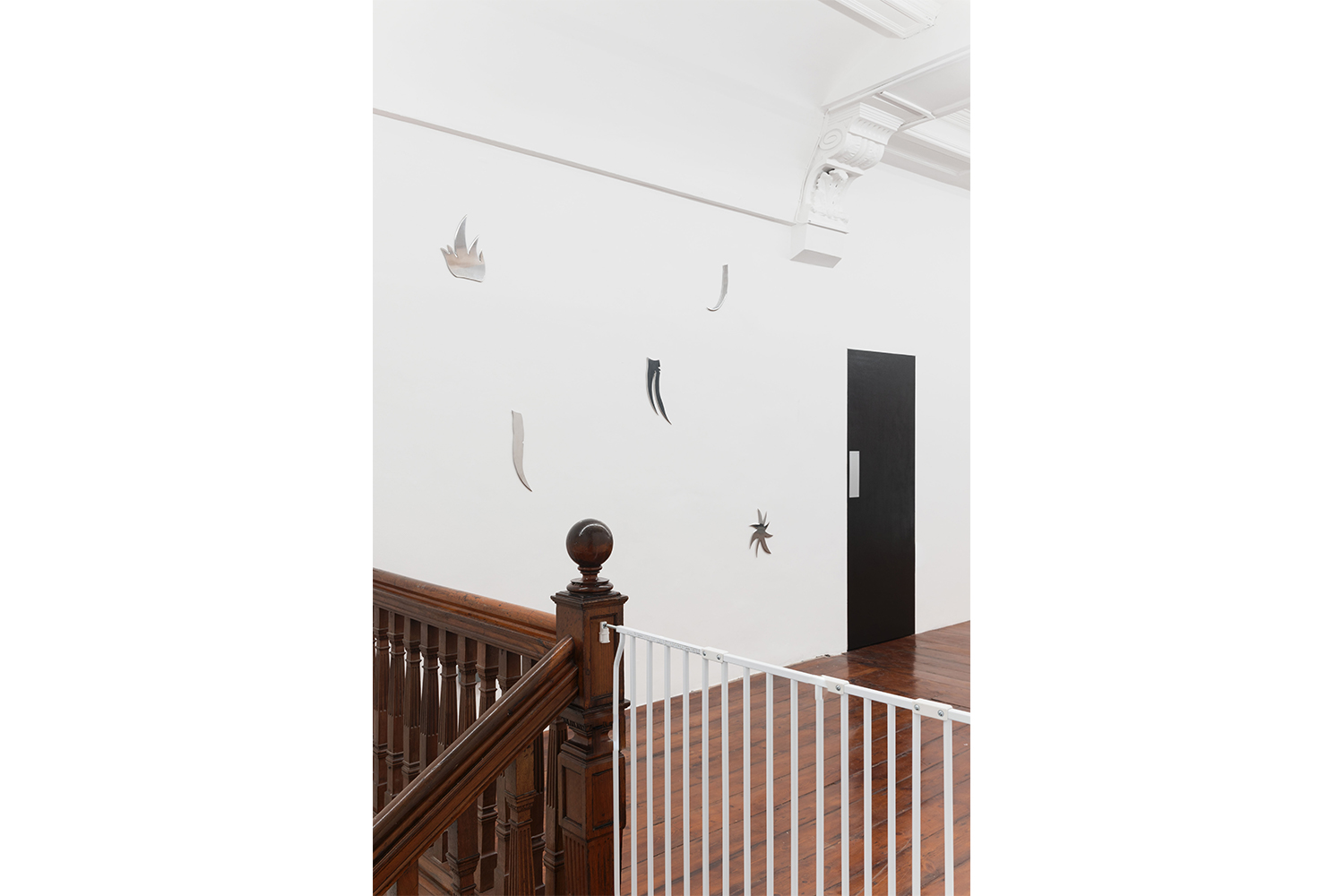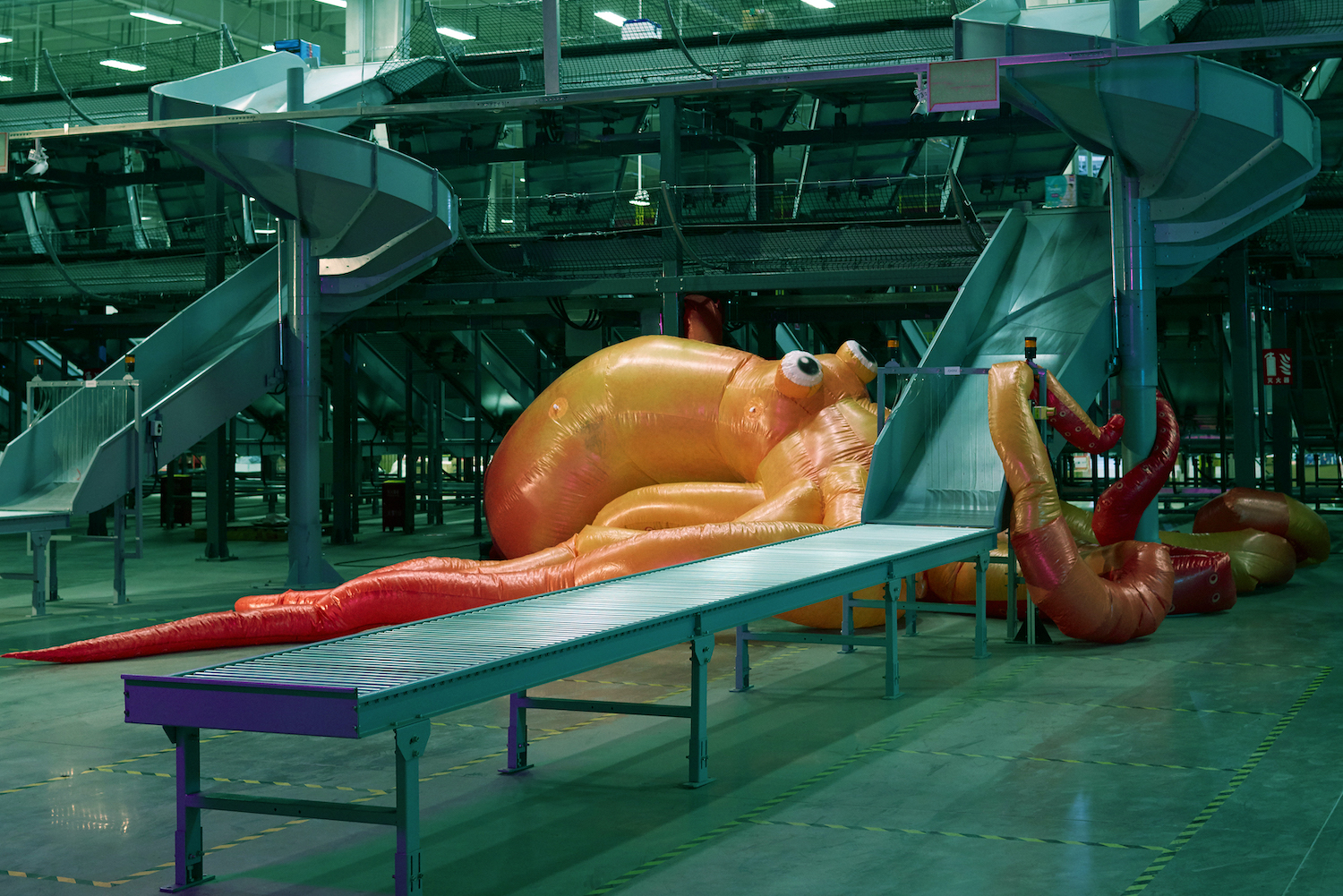If “Part 1 (presence/surplus)” of “Hand to your ear” examined sound as a strategy of contact, of being seen and heard by others, “Part 2 (noise/silence)” considers its inverse: silence and opacity as in, after Édouard Glissant, the refusal to be knowable, understood and rendered transparent by a dominant Western order. The exhibition turns to silence as a violent experience, as in being silenced, but also as a political position or a strategy of refusal to be seen and heard, or to be intelligible by the power structures that bind subjects. Drawing from Jacques Rancière, “Part 2” considers the inegalitarian social relations that determine who is afforded a voice, or that this speech is understood as discourse and another as noise. Bearing this distinction in mind, the exhibition explores the political imperative to speak up, but also the potential in listening closely to what may otherwise be defined as noise or silence.
Inherent to Ghislaine Leung’s practice is the making visible of power relations and structures. The exhibited works – Gates, Flags and Kiss Magic Heart – draw out these concerns in relation to sound. In Gates (2019), Leung blocks the gallery’s thresholds with baby gates, discouraging an ease of movement that implicates the viewer in the dynamics of entrance and perceived permission by an invisible authority. Moreover, if there is an attempt by the white cube space to sustain the illusion of artworks as autonomous, Flags (2019), a work comprised of the interior doors painted in black gloss, emphasises their relational nature: to the gallery, viewer and other objects. These easily overlooked interventions challenge ingrained norms.
Taking its title from three London radio stations, Leung’s Kiss Magic Heart (2019) applies active noise cancellation to commercial recordings from these stations. Typically used in headphones, active noise cancellation works by creating an enclosed space in which noise is counteracted by playing back its opposite soundwaves. However, in Kiss Magic Heart, Leung opens up this closed system. One speaker on the wall struggles to negate the other: the distance between them has been calculated to avoid cutting out the sound entirely. The work produces an incidental abstract sound dependent on the presence and proximity of viewers as well as the architecture of the space. Leung’s negative sound composition proposes a strategy of fugitive listening that attends to silenced voices.
The body’s presence, or rather its absence, is a central aspect of Cameron Clayborn’s practice. His roompiercer (with tool) (2022) calls to mind a tongue pierced by a sharp metal pick. Part of an ongoing series of sculptures, the work gauges the environment and the body’s ability to enter a space, whether emotionally or physically. Roompiercer (with tool) evokes an experience of silencing and the way in which one’s autonomous being is connected to larger power structures. Made with a sewing machine and brown-dyed muslin cloth, Clayborn’s segment from a longer line (2022) presents an isolated disembodied sack. The sand-filled pouch is sealed at the top with a zip, conveying both a violent act of enclosure as well as the generative creation of one’s own space. The work suggests a refusal to participate in a hostile world.
Nikita Gale’s RUINERS series similarly propose a kind of refusal, specifically with regards to performance. They challenge the current preoccupation with the figuration and representation of traditionally silenced voices. The series is comprised of the vernacular architecture of public venues, namely the metal banisters that guide bodies up stairways and ramps, through admission lines and ultimately to the performer on stage. However, in RUINER X (2021), Gale withdraws the subject of performance, leaving only the infrastructure of a profession that demands the limelight. The artist wraps a metal banister in terry-cloth towels, a material often used to silence and dampen unwanted noise or vibrations. Gale’s ephemeral gesture of silencing is made permanent through the towel’s absorption of concrete.

